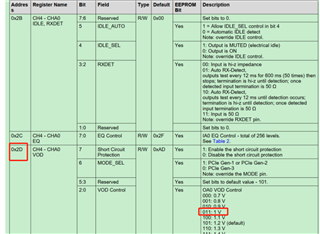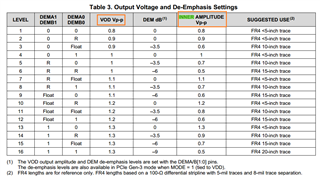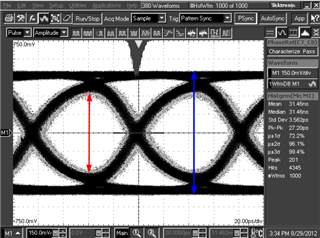Tool/software:
dears,
When using DS125BR401 and configuring the mode to KR mode, and the input signal is a low-frequency square wave (for example, 50 Hz), will the output end synchronously receive a 50 Hz square wave? Please help to confirm, thank you.




